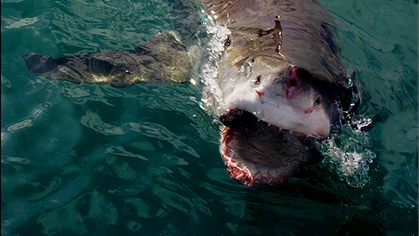

Danger
Bleeding out is the danger following a shark attack
After a shark attack, the greatest risk is bleeding out. Stopping the bleed is a priority in shark attack first aid. You can bleed out from an amputated limb in under 5 minutes.
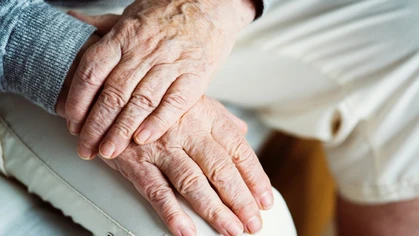

General Health-Related
Creating a better future for elderly Australians
What are the living conditions of our senior citizens like? And what constitutes a happy, healthy environment for elderly Australians to live out the rest of their long lives?
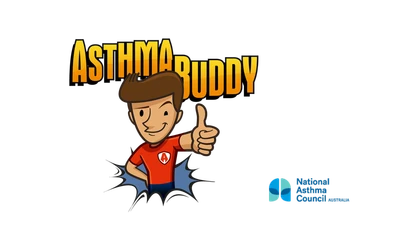

First Aid Equipment
Asthma Action Plan for Your Phone
The National Asthma Council Australia developed the Asthma Buddy app which quickly proved popular with the whole asthma community — from people with asthma and their families, to the doctors and nurses treating asthma.
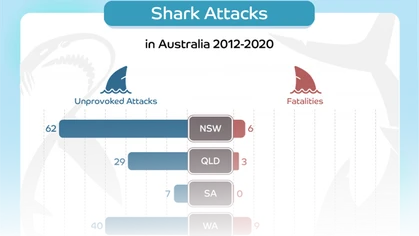

Health Statistics
3 species are responsible for fatal shark attacks in Australia
Australia is the deadliest location in the world when it comes to fatalities directly associated with shark attacks. In 2020, Australia recorded 22 unprovoked shark encounters — more than 38% of the worldwide total.


Disease
10 Famous Cardiac Arrest Deaths & One Survivor
Many celebrities are reported to have passed away due to cardiac events but there are very few famous cases of survival. This article tells of 10 well-known people who succumbed to sudden cardiac arrest and one very lucky survivor.


Disease
Are You at Risk for Heart Disease?
The more risk factors you have for coronary heart disease, the greater your chance of developing it. In Australia, 90% of people have at least one risk factor for heart disease.
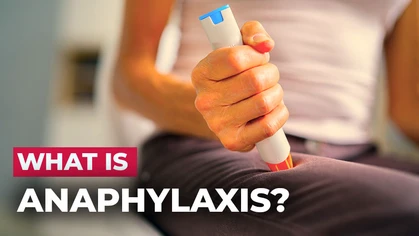

Allergy and Asthma
Anaphylaxis is the most severe type of allergic reaction
Anaphylaxis, or anaphylactic shock, is a severe allergic reaction that can quickly become life threatening if not treated immediately. It can affect the skin, as well as the respiratory, gastrointestinal and cardiovascular systems.
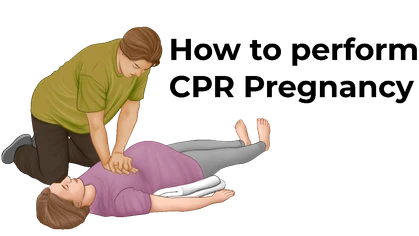

CPR Resources
How CPR is performed on a pregnant person
See how to perform CPR on someone pregnant in this guide. You can also go to specific guides on CPR for adults, children and infants. If you’re in an emergency, call (000).


CPR Resources
How CPR is performed on Infants
See how to perform CPR on an infant (under 12 months old) by following this guide. You can also go to other guides on CPR for children (1-8 years), adults and older children (over 8 years), and CPR during pregnancy. If you’re in an emergency, call 000.
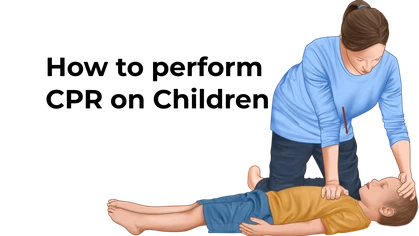

CPR Resources
How CPR is performed on a child
Find out how to perform CPR on a child (1-8 years old) by following this guide. You can also go to specific guides on CPR for adults and older children (over 8 years), on infants, and during pregnancy. If you’re in an emergency, call 000.
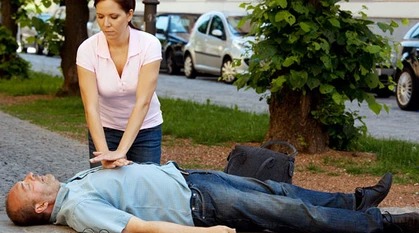

Danger
Electrical safety tips for renovators and tradies
The following safety tips will provide a good reference to best practices for Australian renovators, tradies, and electricians.
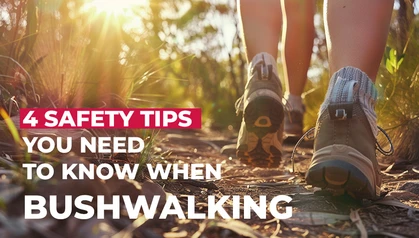

Danger
Bushwalking Safety Tips
Lovers of trekking and backpacking come from North America as well as ramblers from the UK, drawn to the gorgeous coastal wilderness and outback of our wide brown land.